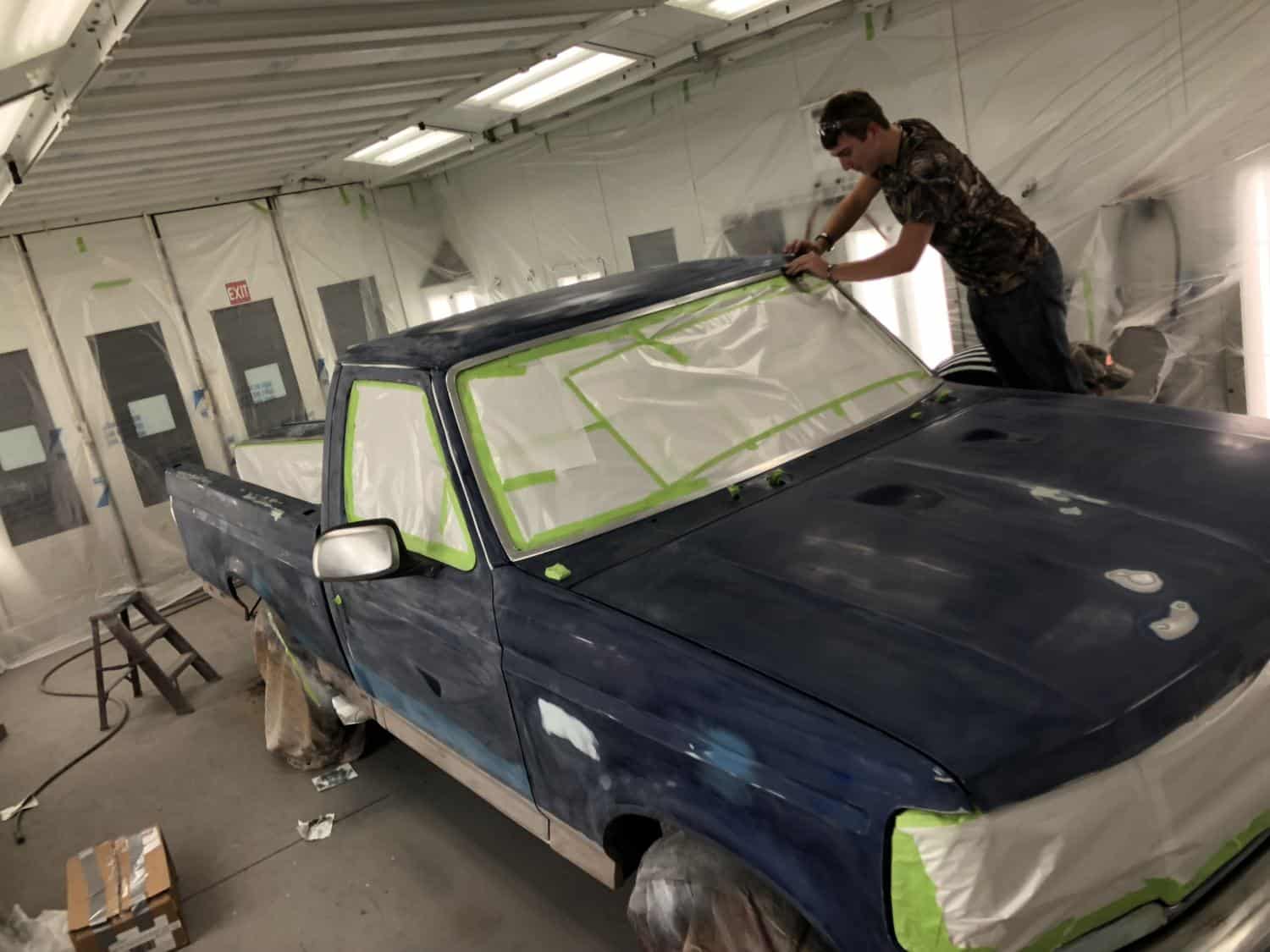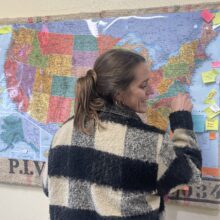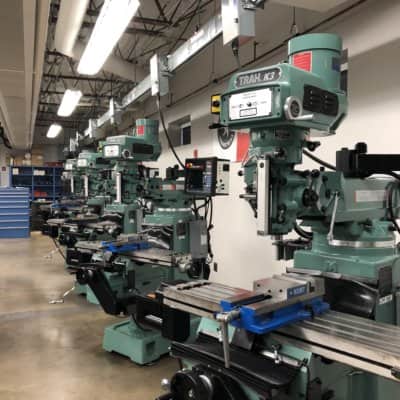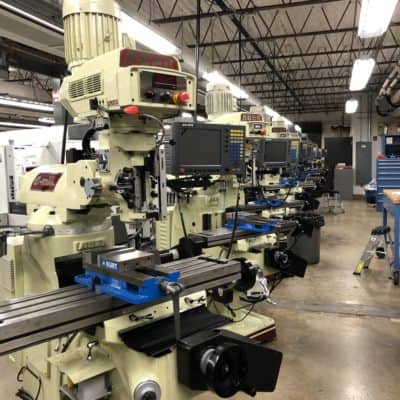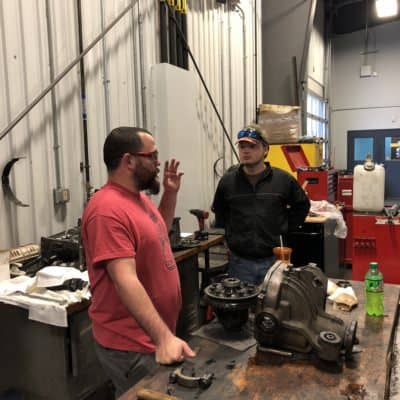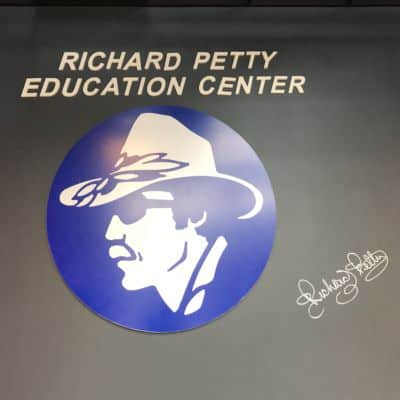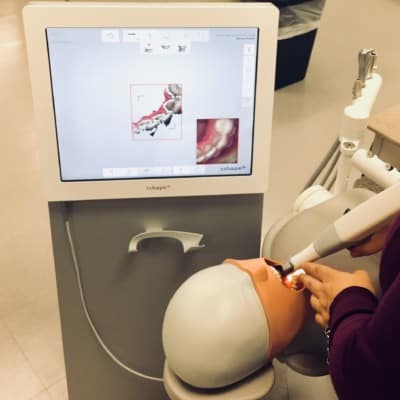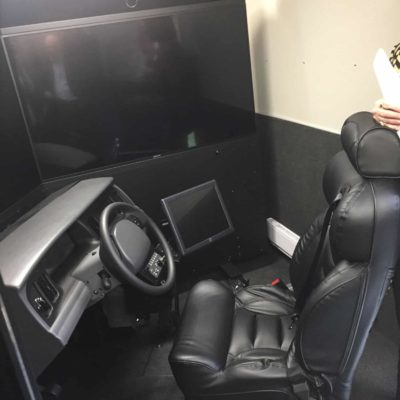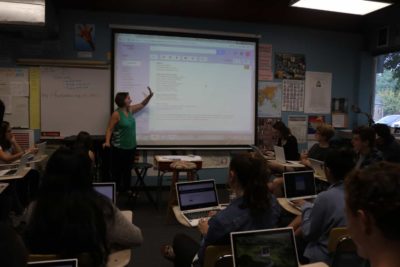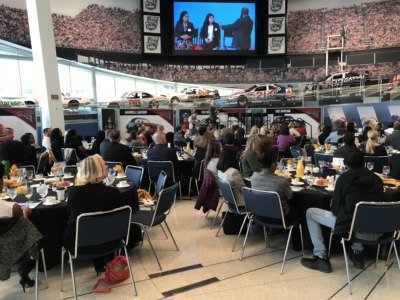Nearly 1 in 9 adult North Carolinians enrolled in one of the state’s 58 community colleges in the 2014-2015 school year. What kinds of training do they receive? And in a system originally developed for vocational needs, how are community colleges staying relevant in today’s economic landscape?
North Carolina’s community college system originated in 1957 after a shift in industry revealed a need for an alternative route to higher education. The General Assembly drafted the first Community College Act in response to a statewide study that recommended a system of tax-supported community colleges.
Seventy years later, the community college landscape has evolved into an economic pillar and regional life supporting system that serves more than 700,000 North Carolinians.
The Reach NC Voices team recently visited two community colleges to learn about the intersection of community colleges and secondary education and to witness firsthand how individual schools are addressing the needs of their communities.
Randolph Community College (RCC) and Asheboro County have a symbiotic relationship that has only strengthened with the arrival of President Bob Shackleford in 2007. He described how RCC works with the community to provide skilled graduates for vacant jobs.
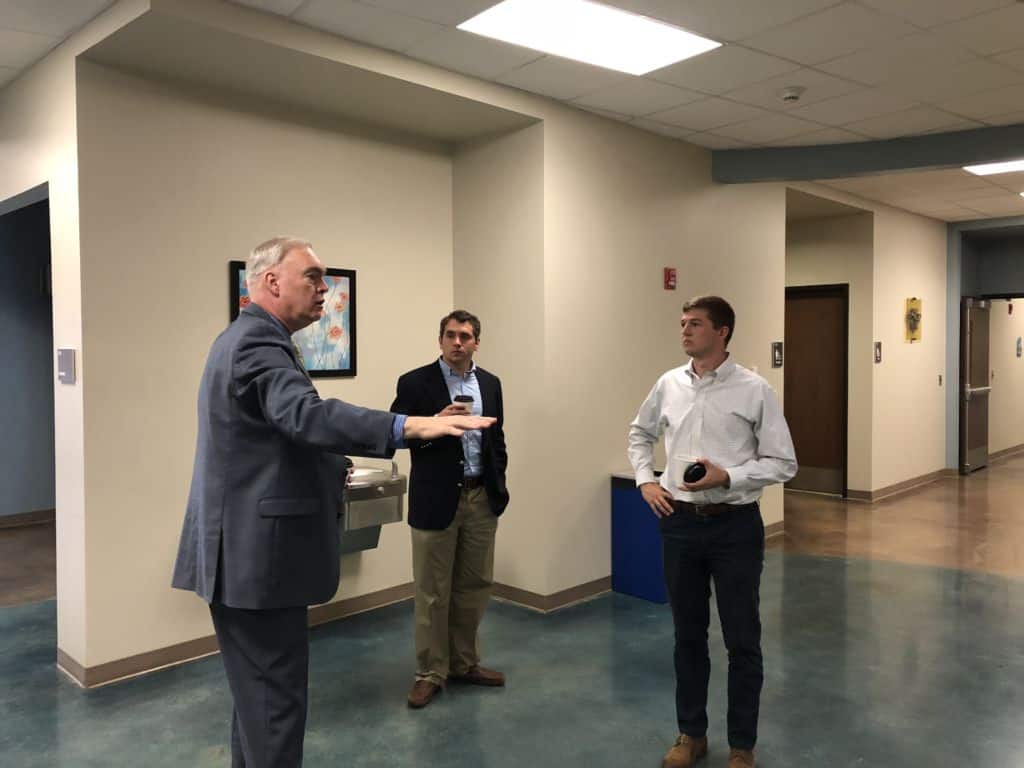

Touring the Gene Haas Computer-Integrated Machining Institute, the team observed the advanced manufacturing and machining skills taught and applied on campus. Students have the opportunity to pursue apprenticeships where they take courses and get paid for on-the-job training. Tuition is free, and at the end of four years, they have a Journeyman’s Certificate or Associate’s Degree and four years of work under their belt.
The Richard Petty Education Center is another facility on campus that provides a direct line into the workforce. Students focus on collision repair and refinishing as well as automotive systems technology. This facility allows students to work with state-of-the art operating systems, computer labs, and advanced automotive technology such as the downdraft paint booth and Nederman Exhaust Rails. Students graduate with degrees and jobs with strong pay.
Dr. Shackleford also tasks the college with examining the economic landscape of the future to anticipate what skills students will need for jobs. He believes the college can create a program for incoming industry in nine months and start training students to become staff. Offering to train workers on-site for industries looking to move to the area and building curriculum around the needs of the community are just a few ways RCC reacts to county needs.
Another community college, Rowan-Cabarrus Community College, has taken the idea of real world experience and brought it into the classroom. From a fire and emergency training facility with a burn building to a working dental office, Rowan-Cabarrus gives its students environments that prepare them for lifelong careers.
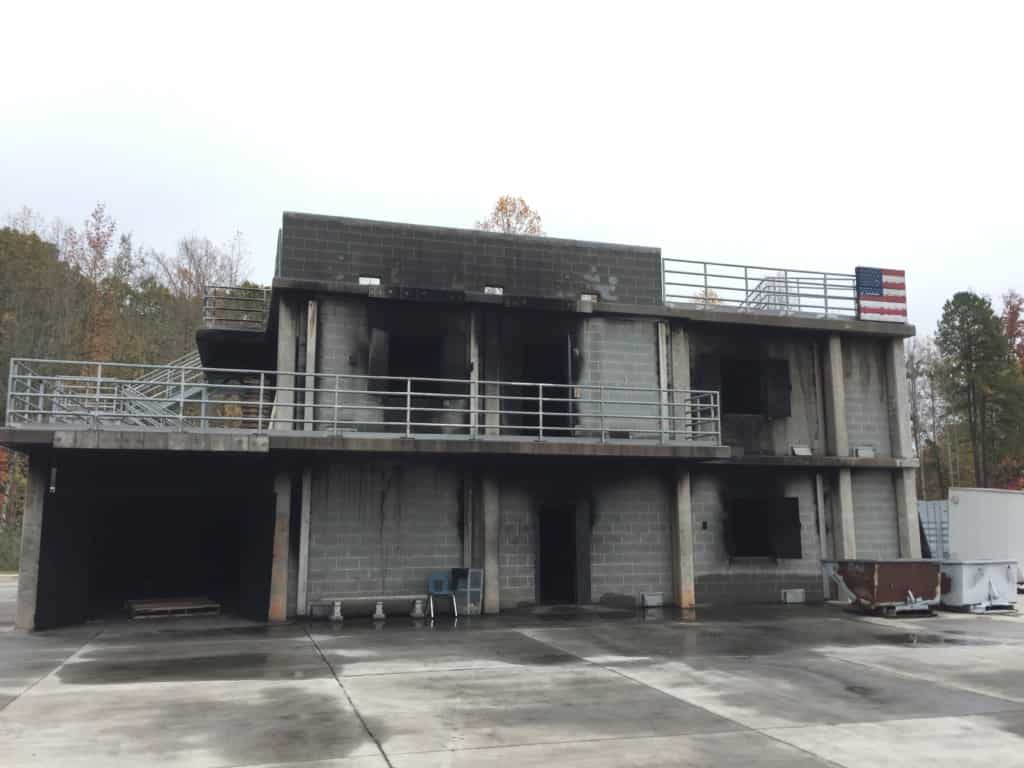

Rowan-Cabarrus also wanted to devise a formula to satisfy regional workforce needs and affordability for students. The solution became The North Carolina Manufacturing Institute, a collaboration between private companies and the school. Designed to prepare students for jobs in tech and manufacturing, tuition is provided by a private company. The student leaves school with a job, and after 90 days of employment, the company makes another donation to the program. This delivers trained professionals directly into local employment.
If the proverbial question ‘what came first, the chicken or the egg?’ can be framed for jobs, economy and education, community colleges seem to be cracking the problem. The evolving curriculum feeds the community with skilled workers and those skilled workers incentivize industry to move to the region.
The state’s community colleges are nimble in adapting to economic needs in their communities and evolving as the economy demands.
